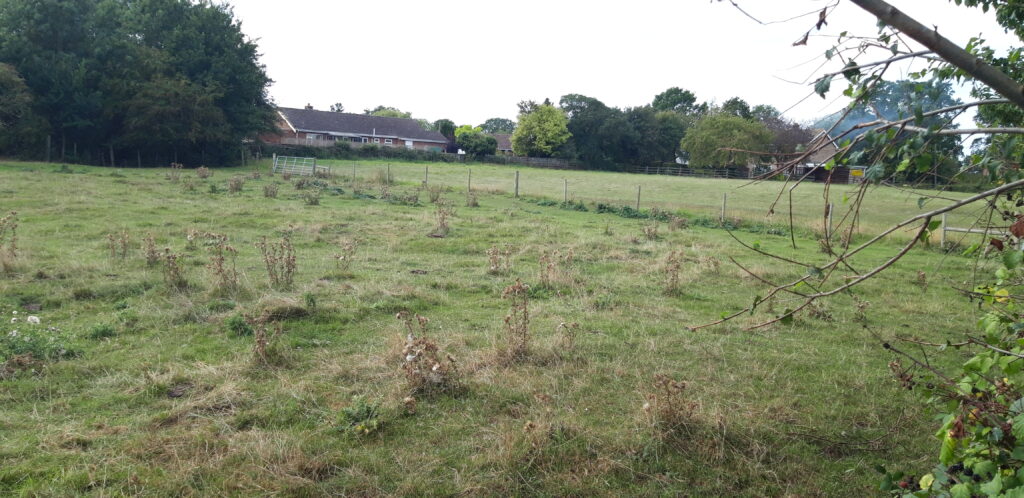Latest News
Land and Property Professionals
We sell, rent, manage, survey, plan and advise...what can we do for you?
We sell, rent, manage, survey, plan and advise...what can we do for you?

Like a hole in the head, Rachel Reeves has revoked a 1992 inheritance tax exemption for farms, resulting in farmers having to pay 20% in tax over £1 million with effect from April next year.
If farmers weren’t struggling already to make ends meet, these taxation changes have led to landowners looking for means of raising capital, and what better way than the diversification of a farmyard or successful promotion of a paddock within or on the edge of a settlement.
Farmyard developments, whether that be the conversion of existing agricultural buildings or the replacement of these buildings with dwellings, can be a lucrative arrangement, especially if the barns are not suitable for modern farming machinery or they stand alone in the wrong place on the holding.
In terms of planning strategy, there are several options available including a pre-application enquiry, Permission in Principle (PiP) submission, or straight to an outline or full planning application. Depending on the objectives of the landowner, this will dictate the strategy. For example, are you looking to dispose of the barns or retain it? Do you wish to control the planning process and design due to living adjacent to the scheme? If so, you may wish to obtain full planning as opposed to allowing a developer to dictate the materials and final details of the design.
Alternatively, if you own a paddock in a village or on the edge of the settlement, given the Government has said there are ‘no excuses’ as to why it can’t deliver on its promise of 1.5 million homes by 2029, now is the time to consider its suitability for development. Planning can be an expensive risk, even for smaller schemes. This is where option and promotion arrangements have their place, allowing the financial risk to be passed to the developer partner. It is worth noting that landowners can do their bit to promote their land, and examples of this include ensuring the land is included in councils’ ‘call for sites’ processes, and making the village aware if they are undertaking a Neighbourhood Plan exercise. Should your land be allocated for development in either a Local Plan or Neighbourhood Plan, this can enhance the prospect of development and value significantly.
It is important that prior to unlocking value, landowners have considered matters such as taxation and farm planning, as you wouldn’t want poor forward thinking to erode the benefits of a successful development scheme.
Did you know that we also specialise in planning appeals?
We obtained Permission in Principle on appeal for residential development comprising a minimum of one and a maximum of four dwellings following a refusal by Huntingdonshire District Council.

The key points to take home are:
This appeal clarifies, what has been for a long time, an area of dispute between applicants and some councils since the PiP route was introduced in 2017. It is a route that landowners and developers can obtain formal confirmation from the Council on whether the principle of a proposed development is acceptable before spending huge amounts of money on matters of detail.
At Robinson & Hall, we can offer the client a complete suite of services, taking the site from the initial site visit, right the way through to disposal, with a range of services including planning, architectural drawings, building surveys and agency.
Should you have a parcel of land or a range of farm buildings which you think might be suitable for development, do not hesitate to contact me.
Back to articlesFor further information please contact: